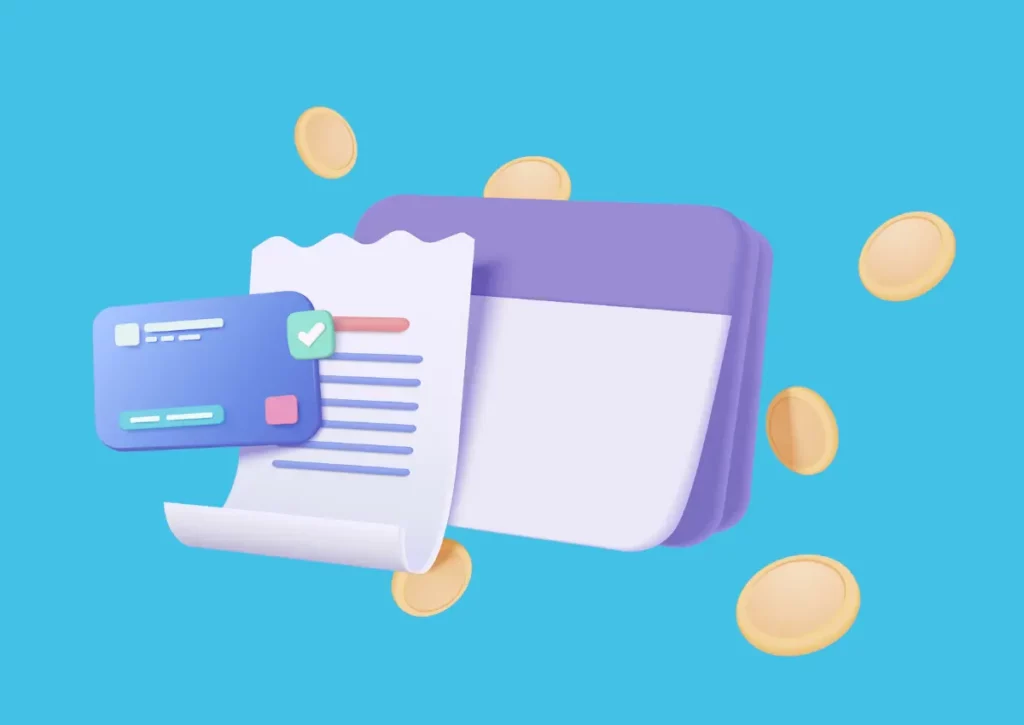Tips
What are Prepaid Expenses?

Prepaid expenses are payments made ahead of time for services or goods that will be received in the future. These costs are recorded as assets on a company’s balance sheet until they are used up or expire. Understanding prepaid expenses is key for managing budgets and financial statements effectively.
Businesses commonly encounter prepaid expenses when they pay for rent, insurance, or subscriptions in advance.
This practice helps in planning and allows companies to allocate resources appropriately over time. Knowing how to handle these payments can lead to better financial health and clearer accounting practices.
By learning about prepaid expenses, individuals and businesses can avoid common pitfalls in expense management. This knowledge helps ensure that cash flow remains steady and that funds are allocated efficiently for future needs.
What are Prepaid Expenses?
Prepaid expenses are amounts that a company pays before receiving the goods or services. Common examples include rent, insurance, and subscription fees.
These expenses are recorded as assets on the balance sheet at first. As the service or benefit is consumed over time, the prepaid expense transitions into an expense on the income statement.
For instance, if a company pays $1,200 for insurance coverage for the year, it records this as an asset. Each month, $100 is then recognized as an expense until the prepaid amount is fully used.
How Prepaid Expenses Work
Prepaid expenses work by spreading out the cost of goods or services over the period they are used. Businesses maintain accurate records of these transactions to comply with accounting rules.
When a prepaid expense is recorded, it enters the accounting system as a current asset. As time passes, the asset value decreases and is moved to expenses.
This helps businesses understand their financial situation better. For instance, if a company pays for a year’s worth of advertising upfront, it benefits from a clearer picture of its monthly expenses by tracking only the portion used during that time.
How to Account for Prepaid Expenses
Prepaid expenses are recorded in accounting to accurately reflect expenses that will occur in the future.
1. Initial Recognition
When a prepaid expense is first incurred, it is recorded as an asset on the balance sheet. The company pays cash for a service or benefit it will receive later, such as insurance or rent.
For example, if a business pays $12,000 for a one-year insurance policy, it records the payment as a prepaid expense of $12,000.
This amount will be classified as a current asset since it will be consumed within a year.
The journal entry for this transaction typically looks like this:
| Date | Account | Debit | Credit |
|---|---|---|---|
| YYYY-MM-DD | Prepaid Expense | $12,000 | |
| Cash | $12,000 |
2. Amortization of Prepaid Expenses
As time passes, prepaid expenses are gradually recognized as actual expenses. This process is called amortization. Amortization spreads the cost of the prepaid item over the period it benefits.
Using the previous example with the insurance policy, the business would record $1,000 as an expense each month. The journal entry made each month would be:
| Date | Account | Debit | Credit |
|---|---|---|---|
| YYYY-MM-DD | Insurance Expense | $1,000 | |
| Prepaid Expense | $1,000 |
This way, the expense matches the period it relates to, ensuring accurate financial reporting.
3. Balance Sheet Presentation
On the balance sheet, they appear under current assets. They are listed among other assets that will be converted into expenses within the year.
It is important to review these amounts regularly. If a prepaid expense extends beyond one year, it may be classified as a long-term asset.
Typical categories for prepaid expenses include:
- Insurance
- Rent
- Subscriptions
Types of Prepaid Expenses
Two common types are prepaid rent and prepaid insurance. Each type has its own characteristics and impacts on financial statements.
Prepaid Rent
Prepaid rent refers to rent payments made in advance for the use of property. When a business pays for rent before the period it covers, this amount is recorded as a prepaid expense.
For example, if a company pays $12,000 to cover a year of rent, it will record the entire amount as a prepaid rent asset on the balance sheet. Each month, the company will expense $1,000.
This payment reduces the asset and increases rental expenses over the duration of the lease. It is vital for businesses to track prepaid rent carefully, as it helps in budgeting and managing cash flow.
Prepaid Insurance
Prepaid insurance is payments made for insurance coverage that extends beyond the current accounting period. Businesses often pay insurance premiums in advance, adding them to prepaid expenses.
For instance, if a company pays $6,000 for a six-month insurance policy, it records the full amount as a prepaid insurance asset. Each month, the company will then allocate $1,000 as an insurance expense.
This timely allocation ensures accurate financial reporting and reflects the true cost of insurance over the period it covers. Businesses must monitor prepaid insurance to maintain clear financial statements and budget accordingly.
Managing Prepaid Expenses
Managing these expenses effectively helps businesses maintain better cash flow and accurate financial reporting. Companies need to assess cash flow implications and perform regular reconciliations to ensure expenses are accounted properly.
Assessing Cash Flow Implications
When managing prepaid expenses, it is crucial to consider cash flow impact. Prepaid expenses tie up cash in advance of receiving goods or services. Companies should determine the timing of cash outflows to avoid liquidity issues.
To assess this, businesses can create a cash flow forecast. This document should outline expected cash inflows and outflows. They should include prepaid expenses to see how they affect cash position over time.
Regular analysis of can guide timing for future payments. It can help in making decisions on when to renew contracts or subscriptions, allowing for better cash management.
Prepaid Expense Reconciliation
Regular reconciliation of prepaid expenses ensures accurate financial records. This process involves matching the prepaid amounts recorded with the services or benefits received over time.
To perform reconciliation, businesses should maintain detailed records of each prepaid expense. This includes dates, amounts, and specific terms. A monthly review helps in tracking which expenses have been utilized.
A simple table can aid in monitoring prepaid expenses, showing:
| Expense | Amount | Start Date | End Date | Amount Used | Remaining Balance |
|---|---|---|---|---|---|
| Insurance | $1,200 | Jan 1, 2024 | Dec 31, 2024 | $600 | $600 |
| Rent | $12,000 | Jan 1, 2024 | Dec 31, 2024 | $12,000 | $0 |
This clarity helps in ensuring that prepaid expenses are properly reflected in financial statements. Regular reconciliations provide comfort that records are precise and up to date.
Tax Treatment of Prepaid Expenses
Prepaid expenses can affect both taxes and financial reporting. It is important to know how these expenses are treated to ensure proper compliance.
Tax Deductibility
In general, prepaid expenses are not immediately deductible. Instead, they must be spread out over the period they cover.
For example, if a business pays for a year of insurance in advance, it can deduct a portion of that cost each month. This means the deductible amount relates to the current tax year, matching expenses to revenues earned during that period.
The IRS has specific rules for different types of prepaid expenses. For some categories, like prepaid rent, the expense may be deducted in the year it is paid. Other expenses, however, follow the general rule of capitalization and amortization.
Reporting Requirements
Businesses must report prepaid expenses on their balance sheet as assets. This is because these expenses provide future benefits.
When reporting, a company must show the expense over time as it is used. This means they will decrease the prepaid expense as it gets consumed. An expense account should also reflect the deducted amounts.
Accurate record-keeping is important. It helps ensure compliance with IRS regulations and provides clear financial statements. A business should monitor prepaid expenses regularly to confirm that reporting is correct and up to date.




